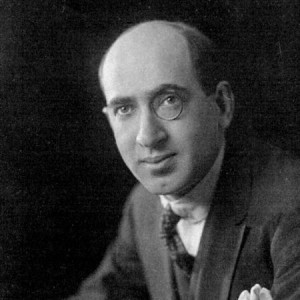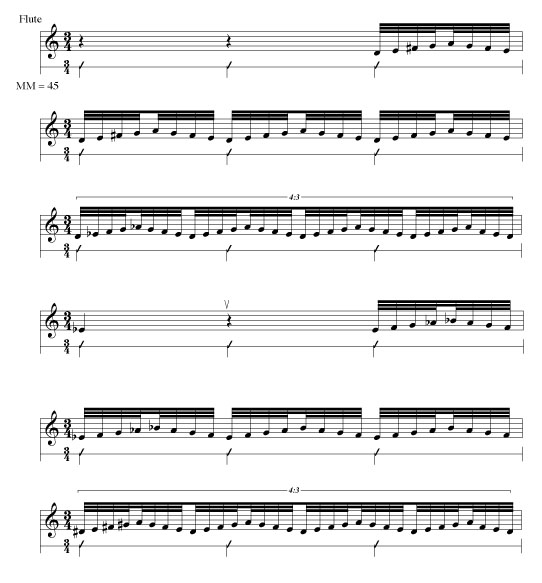
On December 29, 2012, the Pushkinskaya 10 GEZ 21 in St. Petersburg celebrated 100 years of Russian Futurism.The concert, featuring Sergei Oskolkov performing piano works by Arthur Lourié, piqued my interest in this movement. Since I didn’t find an online translation of this movement’s 1912 manifesto that convinced me, here is my own. Many, many thanks to my husband, who helped me. How this all relates to my own experiences will be part of another post. I’ve pasted the original Russian below.
A Slap in the Face of Public Taste
To our readers – an Unprecedented Unexpected First.
We alone are the face of our Time. The horn of time is trumpeting through our lingual arts.
The past constricts us. Academia and Pushkin make less sense than hieroglyphics. Dump Pushkin, Dostoevsky, Tolstoy, etc., etc. overboard the ship of Modernity.
Those who don’t forget their first love won’t recognize their last.
Who would trustingly turn their last love to Balmont’s perfumed lechery? Does it reflect the vigorous spirit of today?
What coward would fear to tear the paper armor from the warrior Bryusov’s black tuxedo? Or does it shine with unknown beauties?
Wash your hands that have touched the filthy slime of books written by countless Leonid Andreyevs.
All those Maxim Gorkys, Kuprins, Bloks, Sologubs, Remisovs, Averchenkos, Chornys, Kuzmins, Bunins, etc. need only a dacha on the river. Thus fate rewards tailors.
From the heights of skyscrapers we look down on their sorry asses!
We order the reverence of poets’ rights:
-
To enlarge the scope of the poet’s vocabulary with fabricated and derivative words. (word-novelty)
-
To insurmountable hatred for the language existing before their time
-
To wrench with horror from their proud brows the Wreath of cheap fame you have made from bathhouse switches
-
To stand on the rock of the word “we” amidst seas of boos and outrage.
And if your filthy stigmas of “common sense” and “good taste” are still present in our verses, they nevertheless glimmer with the first heat-flashes of the Newly Approaching Beauty of the Word – sufficient and valuable unto itself.
Пощёчина общественному вкусу
Читающим наше Новое Первое Неожиданное.
Только мы — лицо нашего Времени. Рог времени трубит нами в словесном искусстве.
Прошлое тесно. Академия и Пушкин непонятнее гиероглифов. Бросить Пушкина, Достоевского, Толстого и проч. и проч. с парохода Современности.
Кто не забудет своей первой любви, не узнает последней.
Кто же, доверчивый, обратит последнюю Любовь к парфюмерному блуду Бальмонта? В ней ли отражение мужественной души сегодняшнего дня? Кто же, трусливый, устрашится стащить бумажные латы с чёрного фрака воина Брюсова? Или на них зори неведомых красот?
Вымойте ваши руки, прикасавшиеся к грязной слизи книг, написанных этими бесчисленными Леонидами Андреевыми
Всем этим Максимам Горьким, Куприным, Блокам, Сологубам, Аверченко, Чёрным, Кузминым, Буниным и проч. и проч. — нужна лишь дача на реке. Такую награду даёт судьба портным.
С высоты небоскрёбов мы взираем на их ничтожество!
Мы приказываем чтить права поэтов:
1. На увеличение словаря в е г о о б ъ ё м е произвольными и производными словами (Слово-новшество).
2. На непреодолимую ненависть к существовавшему до них языку.
3. С ужасом отстранять от гордого чела своего из банных веников сделанный вами Венок грошовой славы.
4. Стоять на глыбе слова «мы» среди моря свиста и негодования.
И если пока ещё и в наших строках остались грязные клейма ваших «здравого смысла» и «хорошего вкуса», то всё же на них уже трепещут впервые зарницы Новой Грядущей Красоты Самоценного (самовитого) Слова.
























